In the realm of public safety and correctional facilities management, the importance of effective security measures cannot be overstated. Prisons, as institutions designed to house and rehabilitate individuals convicted of crimes, necessitate a level of security that goes beyond the ordinary. Among the various security measures employed, prison fence systems play a pivotal role in maintaining order, preventing escapes, and ensuring the safety of both inmates and the wider community. This article delves into the intricacies of prison fence systems, their design considerations, technological advancements, and their role in enhancing security and safety within correctional facilities.
The Fundamentals of Prison Fence Systems
Prison fence systems are designed to create a physical barrier that prevents unauthorized access into or escape from correctional institutions. These systems are typically made up of a combination of fencing, gates, and access control mechanisms. The primary objectives of prison fences include:
1、Physical Barrier: To create an impenetrable barrier that deters potential intruders or inmate escape attempts.
2、Visual Deterrence: The presence of a robust fence system serves as a visual deterrent, signaling to the public and potential offenders that unauthorized entry is strictly prohibited.
3、Integrity and Durability: Fence systems must be constructed from materials that are resistant to damage, vandalism, and environmental elements, ensuring longevity and continued effectiveness over time.
4、Accessibility and Security: Incorporating secure gate systems with controlled access points that require proper credentials or approvals for entry or exit.
Design Considerations for Prison Fence Systems
The design of prison fence systems is a meticulous process that balances security needs with practicality, taking into account various factors such as:
1、Location and Environment: Fence design is influenced by the specific location of the prison, including its topography, proximity to residential areas, and the surrounding environment (e.g., urban vs. rural). For instance, fences in urban areas may require additional attention to minimize visual impact on neighboring communities.
2、Security Threats: Assessing the potential threats to the facility, including inmate escape attempts, terrorist activities, or natural disasters, helps determine the most appropriate materials (e.g., steel vs. concrete), height, and type of fencing (e.g., barbed wire vs. mesh).
3、Inmate Population Dynamics: The nature of the inmate population (e.g., minimum security, maximum security) influences the level of security measures required. For instance, maximum-security facilities may necessitate more robust fencing systems with enhanced surveillance capabilities.
4、Maintenance and Repair: Fence systems must be designed with ease of maintenance in mind to ensure they remain functional over time. This includes selecting materials that are resistant to corrosion and require minimal upkeep.
5、Technological Integration: Incorporating technology such as CCTV surveillance, electronic access control systems, and perimeter intrusion detection systems enhances the overall security of the fence system.
Materials Used in Prison Fence Systems
The choice of materials for prison fence systems is critical in achieving the desired level of security and durability. Some commonly used materials include:
1、Steel: Steel fencing is a popular choice due to its strength and resistance to physical damage. It can be either welded or chain-link style, offering flexibility in design while maintaining a high level of security.
2、Concrete: Concrete fencing provides a highly durable and virtually unscalable barrier. Its heavyweight makes it difficult for inmates to climb or break through, making it ideal for maximum-security facilities.
3、Barbed Wire: Often used in conjunction with other fencing materials, barbed wire adds an extra layer of deterrence by creating a sharp, painful barrier that discourages attempts at climbing or cutting through the fence.
4、Mesh Fencing: A more subtle yet effective option, mesh fencing provides visibility while still preventing unauthorized access. It is often used in conjunction with electronic surveillance systems for enhanced security monitoring.
5、Composite Materials: A blend of materials such as polymers and reinforcing fibers, composite fencing offers a lightweight yet strong alternative that is resistant to corrosion and impact. It is becoming increasingly popular due to its versatility and ease of installation.
Technological Advancements in Prison Fence Systems
Advancements in technology have significantly enhanced the effectiveness of prison fence systems by integrating advanced features such as:
1、Electronic Surveillance: CCTV cameras and infrared sensors provide 24/7 monitoring of fence lines, alerting authorities to any unauthorized activity immediately. This technology is particularly useful for detecting attempted escapes or intrusions in real-time.
2、Perimeter Intrusion Detection Systems (PIDS): These systems use a combination of sensors (e.g., vibration, magnetic), radar, or even drones to detect any attempt to breach the fence perimeter before it occurs. PIDS can significantly reduce the risk of unauthorized entry or escape by providing early warnings and enabling a rapid response from security personnel.


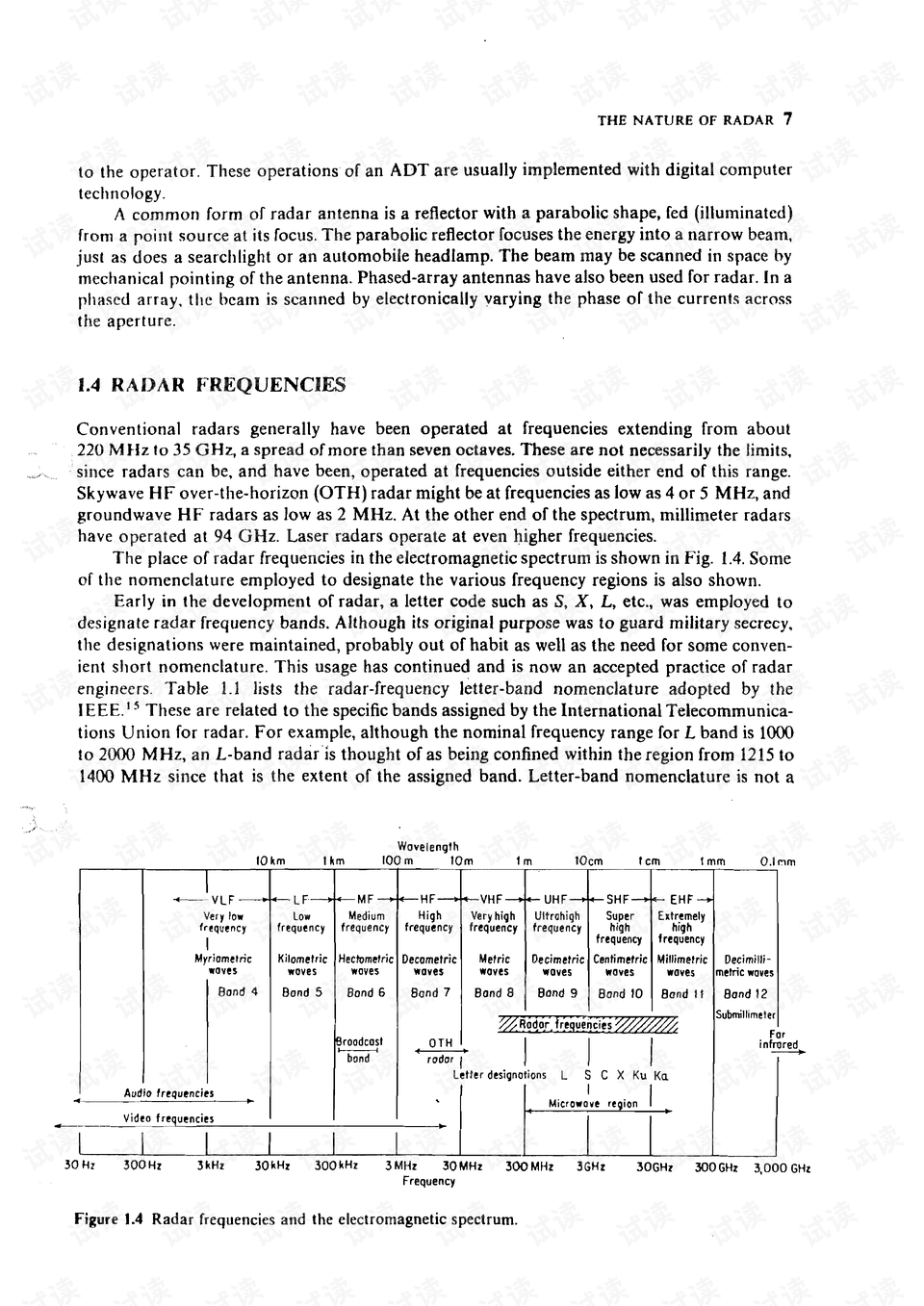




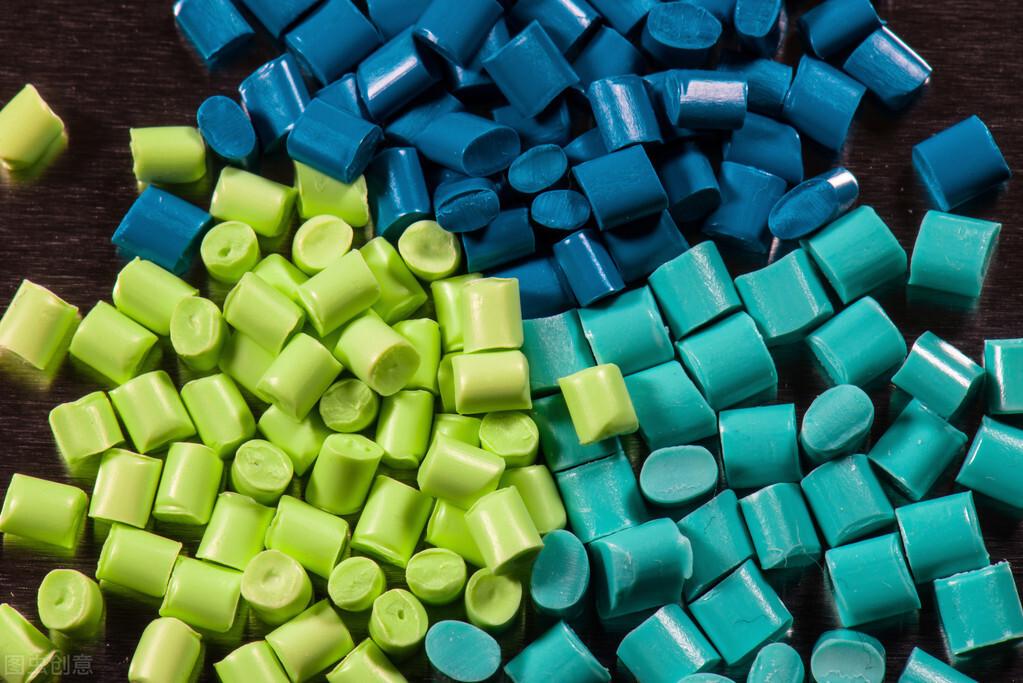
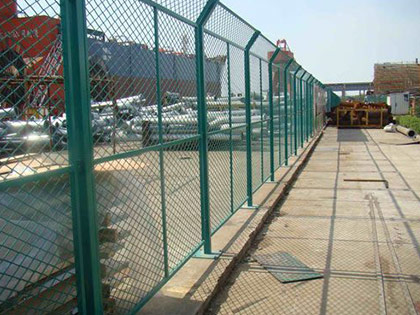
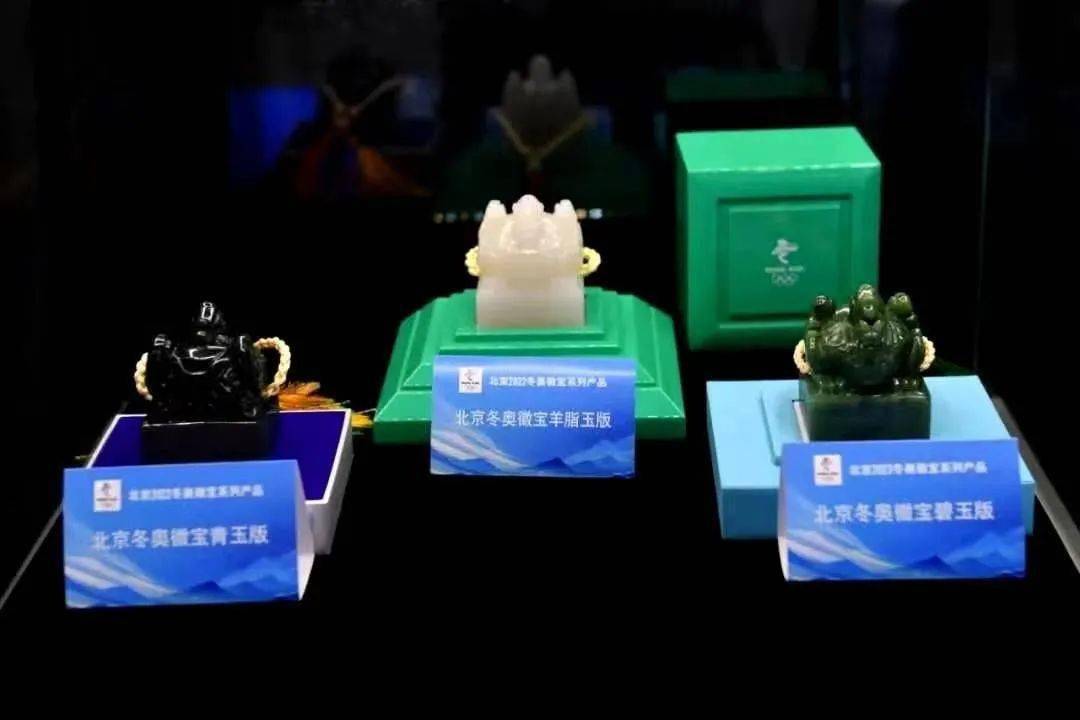

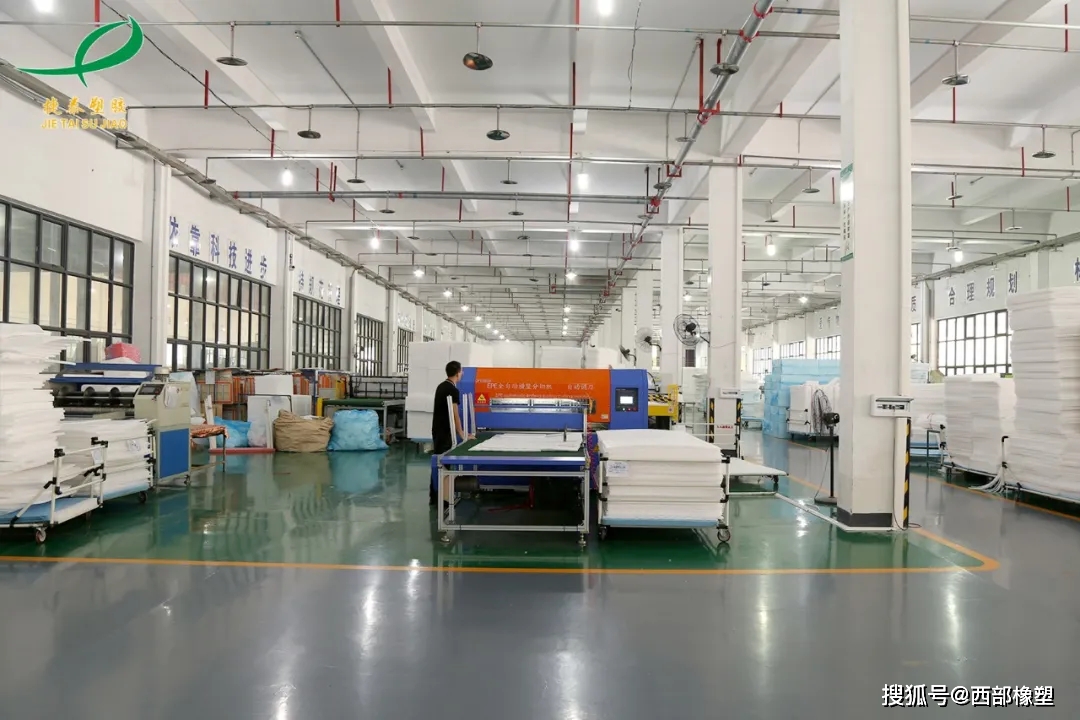
 京公网安备11000000000001号
京公网安备11000000000001号 冀ICP备15021549号-7
冀ICP备15021549号-7
还没有评论,来说两句吧...